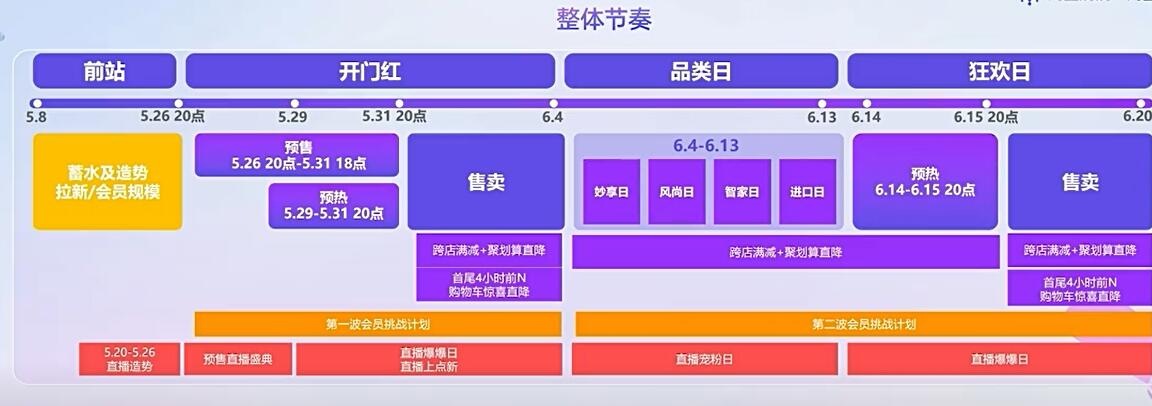学生打架老师要求用英语说明过程 导致学生打架用英语咋说 学生打架老师要求用英语说明过程-- 学生打架老师要求用英语说明过程
热搜文章
0
淘宝搜:【天降红包222】领超级红包,京东搜:【天降红包222】
淘宝互助,淘宝双11微信互助群关注公众号 【淘姐妹】
Title: Addressing Student Fights: Communicating the Incident in English
Introduction:
When it comes to managing disciplinary issues, such as student fights, effective communication is crucial. As a teacher, it is essential to be able to explain the incident in English accurately, providing a detailed account of what transpired. This article aims to guide teachers in expressing the process and details of a student fight incident in English, focusing on key aspects like describing the incident, identifying the parties involved, explaining the causes, and suggesting preventive measures.
I. Describing the Incident (Approximately 300 words)
1. Start with an overview:
To begin, provide a concise overview of the incident. Mention the location, time, and duration of the fight. For example:
"On [date] at [time], a physical altercation occurred between two students in the school cafeteria."
2. Present a chronological sequence:
Detail the events leading up to the fight, focusing on the actions and reactions of the students involved. Include specific behaviors, such as pushing, shouting, or exchanging blows. For instance:
"Initially, Student A and Student B engaged in a heated argument, during which Student A pushed Student B. This physical contact escalated into a full-blown fight, with both students punching and grappling each other."
3. Describe the severity:
Mention any injuries sustained by the students or whether any other individuals were involved or affected by the incident. Use appropriate adjectives to convey the severity of the situation. For example:
"The fight resulted in minor injuries, with Student A sustaining a cut lip, and Student B experiencing a bruised eye. Several bystanders attempted to intervene, but no one else was physically harmed."
II. Identifying the Parties Involved (Approximately 300 words)
1. Introduce the students:
Clearly identify the students involved in the fight. Provide their names, grades, and any relevant background information. For instance:
"The students involved in the altercation were Student A, a ninth-grade student known for his occasional aggressive behavior, and Student B, a tenth-grader with a history of conflicts with Student A."
2. Mention any witnesses:
If there were witnesses to the fight, briefly mention their names and roles. This helps establish the credibility of the account. For example:
"Several classmates, including Student C and Student D, witnessed the incident and provided statements regarding the events leading up to the fight."
III. Explaining the Causes (Approximately 500 words)
1. Identify the underlying issues:
Explore the factors that contributed to the fight, such as personal conflicts, bullying, or peer pressure. Be objective and avoid making assumptions. For example:
"The altercation seemed to stem from an ongoing rivalry between Student A and Student B, fueled by past disagreements and a clash of personalities. Additionally, rumors circulated that Student B had made derogatory comments about Student A's family, adding fuel to the fire."
2. Discuss immediate triggers:
Highlight any specific incidents or events that acted as immediate triggers for the fight. This may include verbal insults, a perceived insult to one's reputation, or a violation of personal space. For example:
"Moments before the altercation, Student A accused Student B of spreading false rumors about him, resulting in an exchange of verbal insults that quickly escalated into physical confrontation."
3. Examine contributory factors:
Explore broader factors that may have influenced the incident, such as social dynamics, academic stress, or lack of conflict resolution skills. For instance:
"Both students had been experiencing academic pressures, and tensions had been brewing between them for some time. However, a lack of effective communication and conflict resolution skills exacerbated the situation, leading to a violent outburst."
IV. Suggesting Preventive Measures (Approximately
版权声明:除非特别标注原创,其它均来自互联网,转载时请以链接形式注明文章出处。



